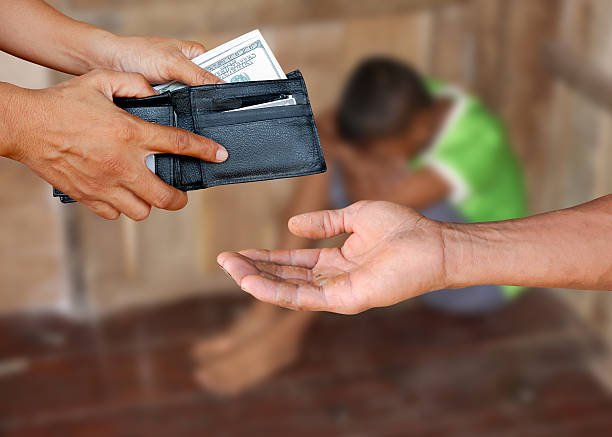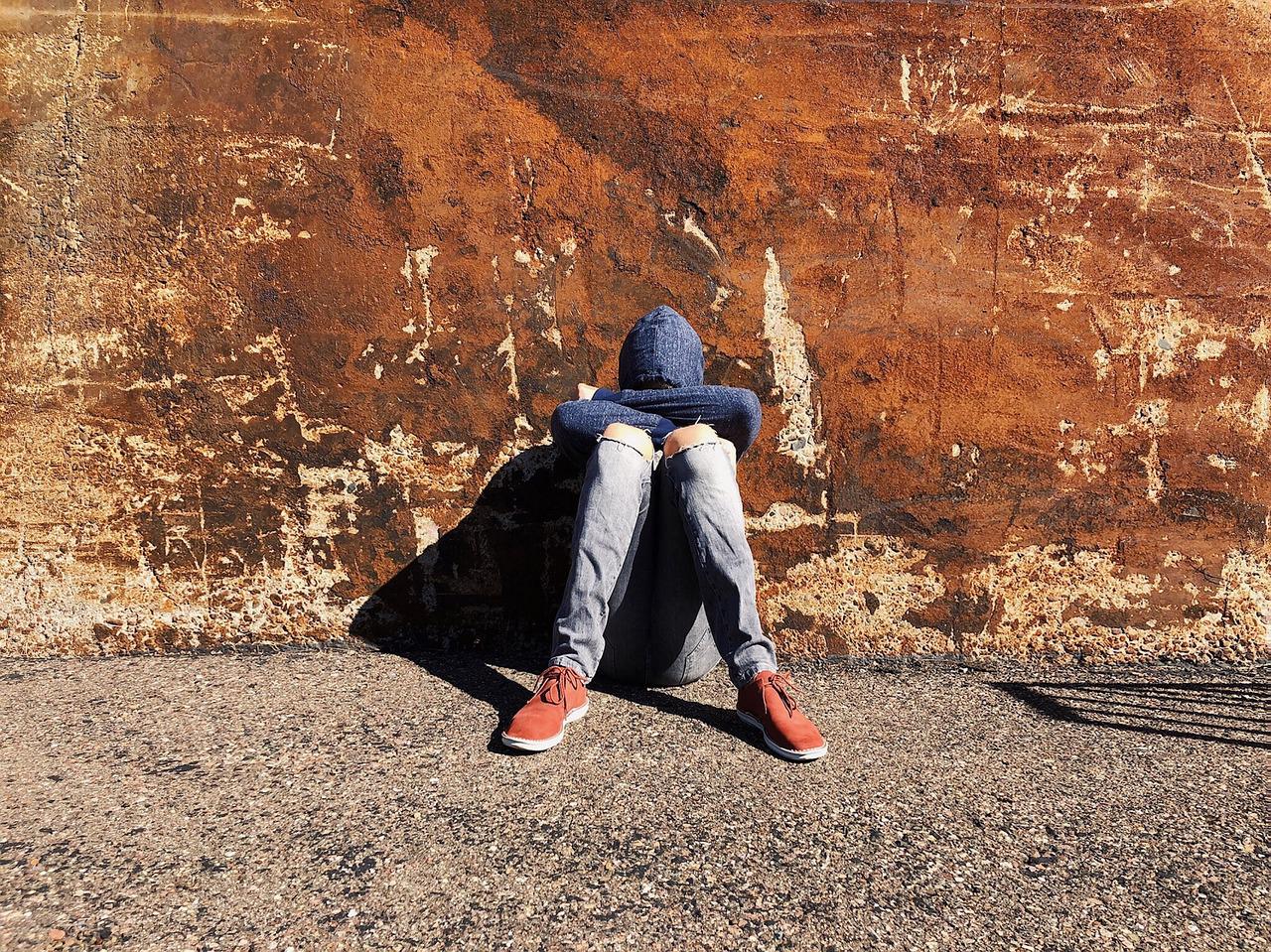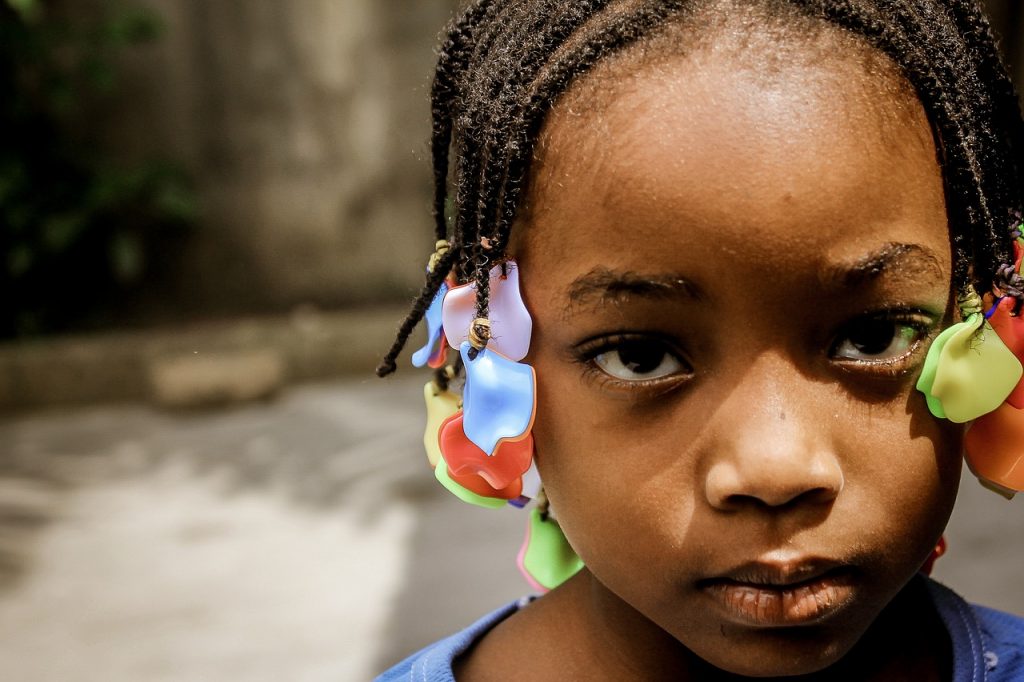What is Modern Slavery?
Modern Slavery is the exploitation of people who have been forced, deceived, or coerced into a life of labour and servitude. It is a crime hidden from society where victims are subjected to abuse, inhumane and degrading treatment. Examples of enslavement include:
- a person who is forced to work or serve – through fear and threats of violence
- is owned or controlled by an ’employer’ who uses mental or physical abuse to exercise control
- dehumanised, treated as a commodity or bought and sold as ‘property’
- being kept in substandard working/living conditions
- physically constrained or has restrictions placed on his/her freedom of movement
Modern Slavery is linked to Human Trafficking, but not all victims of modern slavery have necessarily been trafficked.
Who is at risk?
Recruiters often identify the most vulnerable in society – those with mental health, alcohol and drug related issues; the homeless, children and people with disabilities. The Home Office estimate that there are 10,000 to 13,000 victims of modern slavery in the UK, 3000 believed to be children. The trafficking and modern slavery network often involves the following structure:
- Recruiters
- Transporters/Traffickers
- Exploiters
How do they recruit?
Recruitment methods vary and can include:
- abduction
- befriending (can be romantically)
- recruitment agencies (both unknowing legitimate agencies and agencies that use recruitment as a cover)
- approach by a stranger (promise of a better life)
- family – potentially being ‘sold’
- internet
- adverts – newspapers and shop windows
Many are provided with free drugs and alcohol (a cheaper option than drugs) as an initial inducement. Once recruitment has taken place and the victim is under a degree of control, they are ‘marketed’ and transported to a place of work. Perpetrators use varying methods to exercise control over their victims. Many are refused access to what basic human rights – food, clothing and warmth. Victims can be kept in isolation, movement restricted and contact with family and the outside world prevented.
Passports, other identity documents, money, access to monies and pay can be withheld. These methods of control are underpinned with the use of violence, threats of violence against their family, and psychological intimidation e.g. being told that if they don’t comply, they will be exposed to the authorities as illegal immigrants. Victims who are trafficked into the UK are often brainwashed into believing that, if they fall into the hands of the authorities, they will be treated badly, imprisoned and deported. This creates a deep distrust of police, social care and other agencies.
Victims are seen by their abusers as commodities, to be bought, sold and exploited. Abusers range from individuals to complex organisations. Perpetrators often favour locations where the victim won’t be noticed, but also where they may not necessarily be able to communicate with others due to a lack of English or other local languages; a lack of local knowledge and an awareness of who and how to seek help.
Victims can also be ‘rotated’ and ‘sold’ between abusers, particularly where sexual exploitation is the primary factor. They can often be found in multiple occupancy accommodation with other unconnected victims. This accommodation may have been provided as a condition of their ‘employment’ with the exploiter charging high premiums, meaning the victim has little or no chance of paying off. This leads to the victim becoming bonded by debt. Living conditions are often basic, overcrowded and pose a health risk to the inhabitants.
Where victims are identified, it can be years after the abuse started. Many do not recognise or accept that they are being exploited. Some victims may have a mindset that the life they left behind is worse than the servitude they are experiencing, whilst some may be ‘putting up’ with the exploitation for the benefit of the family they left behind. Others may be sending what little money they receive back home to their families. Some are just simply to frightened of their abusers to acknowledge the exploitation. Any form of ‘consent’ given by a victim in circumstances mentioned above is irrelevant – no person can have control over another person by these means.
Practitioners may experience victims who are unwilling to disclose the abuse. They may be frightened for their safety or the wellbeing of their family back home. Many will have a fear and distrust of authorities and may have been indoctrinated to believe this by the exploiter. Disclosure may take many months, with voluntary non-government organisations potentially being the best way to enhance the persons care and obtain vital information about the traffickers.
What types of slavery are there?
The types of slavery are:
- Forced Labour
- Domestic Servitude
- Bonded Labour
- Forced Criminality
- Forced and Early Marriage
- Child Slavery
- Sexual exploitation
- Organ and egg harvesting
- Drug Supply
- Cyber Slavery
- Descent Based Slavery
- Slavery in Supply Chains
Let’s look in detail at the types:
- domestic work
- street begging
- sex trade
- nail bars
- drug supply (cannabis factories)
- car wash’s
- food processing and packaging
- construction
- clothing manufacturers (sweatshops)
- marketing (door to door leaflets)
- bogus or legal charity collections
- tarmac/paving
- restaurant/fast food outlets
- agriculture (fruit and flower picking)
Is a form of forced labour relating to domestic workers such as: servants, maids, housekeepers and nanny’s. Approximately 17,000 foreign nationals enter Britain on Overseas Domestic Worker Visa’s each year to work for foreign visitors to the UK. Whilst it would be wrong to say that all domestic workers are treated unfairly, many will suffer abuse at the hands of their employer. Violence and sexual abuse are common. Until 2012, overseas domestic workers had the right to change jobs and extend their work visa in the UK, but a change in the law now prevents this from happening, effectively creating a ‘tied visa’. Critics of this current system argue that a Visa requiring a domestic worker to remain with their original employer (or face deportation), will effectively trap people into remaining in exploitative situations and discourage workers from reporting abuse. There is also evidence that potential victims have been recruited through agencies.
For professionals, domestic servitude is the most difficult aspect of modern slavery to identify. Mainly because it occurs in the privacy of the home and ‘behind locked doors’. Passports are often held by the employer. Victims are often not allowed to leave the home and when they are, movement is often controlled or restricted. Therefore, victims won’t come to the attention of the outside world. If victims can escape their situation they may avoid the authorities through fear of being arrested, not being believed and treated as a criminal.
86% victims of domestic servitude are female with the most prevalent country of origin being Nigeria, closely followed by the Philippines (Source: National Strategic Assessment 2013).
This is where a person’s labour is demanded as a means of repayment for a loan. The person is conned or trapped into working for very little or no pay. One method used by recruiters is to offer victims a job or prospects of an education abroad, which includes ‘free’ travel, a job finding fee and sometimes a loan of money. Once they have arrived they then find the job either does not exist or is not what was originally offered and are trapped trying to pay off the debt. Victims are then forced to work to repay debts to their ‘employer’, with the debt often passed down to the next generation. Violence, threats and abuse are used to control the victims.
Many trafficked and enslaved people are forced into various criminal enterprises to pay off their debt bondage. A prime example is the many (not all) people that are found in cannabis factories. They are often initially treated as criminals rather than victims. Some may have been provided with false identities and documents, which will add to the suspicions of the authorities. Only a good investigation will establish whether the person is part of the criminal network, or has been forced into the criminality, through fear of violence, threats and intimidation. Other types of criminality associated with slavery are: sham marriages, illegal street trade, college fraud, benefit fraud, violence, cybercrime, intimidation, gun crime and drug supply.
Marriage of children under 16 in the UK is rare. However, child marriage is still practised across the world including sub-Saharan Africa, the Asian Subcontinent and in some parts of the Middle East. Impoverished families will sell their children into marriage for several reasons - to settle debts, raise money and for ‘honour’. Child brides are more likely to experience physical, mental and sexual abuse.
Many female victims are recruited and brought to the UK by ‘boyfriends’ or a ‘befriender’ only to find that when they arrive they are forced into prostitution, escort work and/or pornography. Victims can find themselves in debt bondage forced to work in the sex trade to pay back their travel and living costs. Violence, threats and fear of humiliation are used to by the abusers. Practitioners should be aware that just because a person in the sex trade is receiving payment for sexual services, they may well still be an unwilling participant. They are still victims and deserve help and protection. In any type of slavery, we should never interpret the fact that a victim had an opportunity to escape, but didn’t take it, as a form of consent on the victim’s part.
The black-market trade in organs, human eggs, bones and body parts is more prevalent than people think. The World Health Organisation estimate that as many as 7,000 kidneys are illegally obtained every year. Kidneys and other organs are generally supplied by live donors from poor and desperate people from third world countries. Victims are often targeted by ‘brokers’ or ‘agents’ with the lure of false promises and large sums of money. Many are killed, die on operating tables or are left for dead.
There is also a trade in body parts which are sold and used by those who practice juju rituals (witchcraft) believing that body parts, particularly of children, will make them rich and powerful. Medicine Murder (Muti Killings) are carried out to harvest body parts such as genitals, eyes and blood. Children are particularly vulnerable with potentially thousands of victims disappearing each year in some parts of the world. Although now not thought to be a Muti killing, the 2001 discovery of the torso of a 5-year-old boy in the River Thames is believed to be a sacrificial ritual killing with one theory being that the child was a slave, who was trafficked into the UK for that purpose.
All types of modern slavery apply to children e.g. domestic servitude, bonded and forced labour. However, there are areas where perpetrators will specifically target children to fulfil specific markets. The most abhorrent of these is sexual exploitation where children are forced into brothels or used for child pornography. Other areas of trafficking and slavery where the exploitation of children is more prevalent are: illegal adoption, forced begging, pickpocketing gangs, benefit fraud, applying for UK residence and “County Lines” drug supply.
In our view ‘County Lines’ drug supply poses a similar threat to that of child sexual exploitation. It is organised crime, involving highly organised gangs who exploit vulnerable children and adults to supply, crack, heroin and other controlled drugs throughout the UK. The victims are often children, aged 13 to 17 years, who are initially groomed with money, gifts or through relationships. They are then moved to a rural location where they are forced to work in the drug supply chain. Victims can become ‘indebted’ to the gangs who will use extreme violence to enforce and keep control of their ‘business’. There can be some difficulties around the issue of consent, duress and a person voluntarily exposing themselves to illegal activity, but it is the view of many that children arrested for county lines activity, should be viewed as victims and the NRM policy should be applied.
Involves entrapment through Social Media. Victims are hooked by online adverts for all manner of jobs. The recruiters form a ‘friendship’ with the victim through regular contact via webcam, email or chat sites. Victims are groomed, often with the promise of lucrative work or a ‘better life’ and deceived into providing sexual images of themselves which are then used to blackmail and exploit them for sex. Perpetrators may use the ‘Dark Web’ to remain anonymous and prevent law enforcement agencies from identifying their locations.
The image of slavery since the 16th century is still present in many countries throughout the world. Descent based slavery describes where a person is born into a group – a 'slave class'. The status of ‘slave’ is passed from mother to child. Professionals are very unlikely to come across this form of slavery in the UK, although you may find that you come into contact with people who have come to the UK, that may have been either victim or perpetrator.
This is the use of forced labour within the supply chain for everyday products found in UK stores and online. Slavery can be found in various stages of the supply chain – production, distribution, marketing and retail.

Get Involved!
Share Your own Safeguarding News and Research to reach a wider Audience
From Our Blog
Types of Child Exploitation
An overview of differnt types of child exploitation, including sexual exploitation, county lines and criminal exploitation
Sextortion – Guide and Resources
Sextortion – a guide and links to useful resources.
DVPOs and DVPNs – Guide and Resources
Domestic Violence Protection Notices (DVPNs) and Domestic Violence Protective Orders (DVPOs) – a guide and links to useful resources.
Type 4 FGM – mixed messages
Is labia stretching a form of FGM? What are the views of the World Health Organisation? Is it against the law?
Related Posts
The Safeguarding Hub
Share Your Safeguarding News And Research To Reach A Wider Audience









